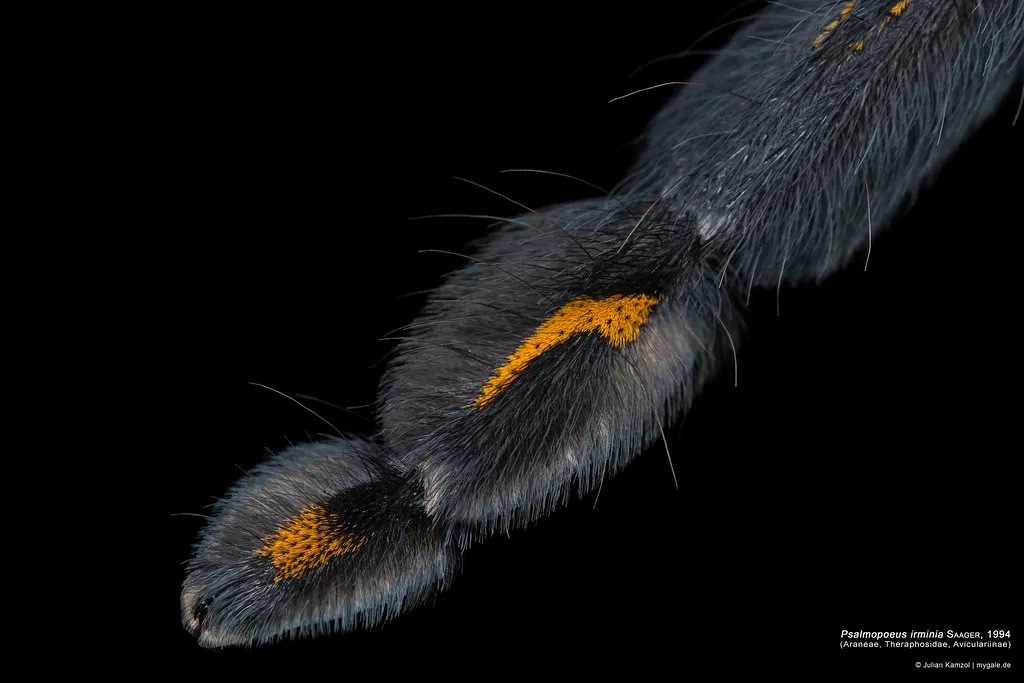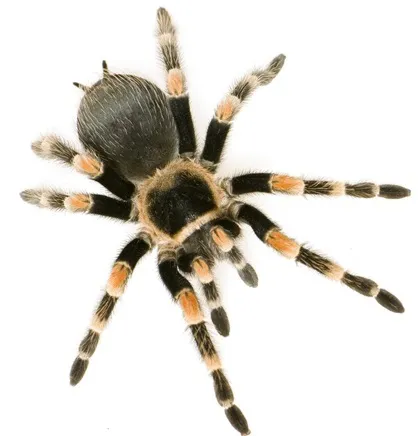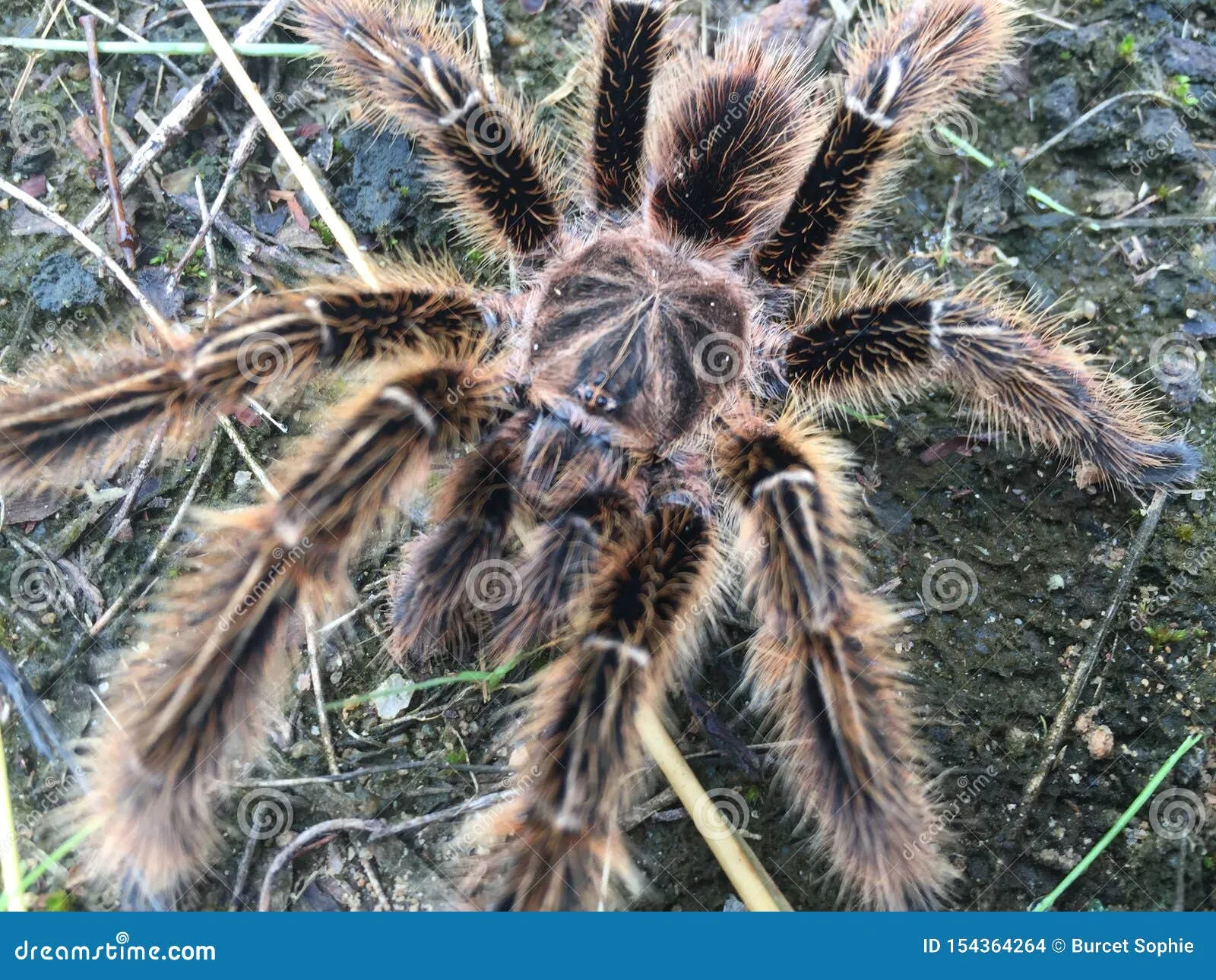Choosing the Right Tarantula
Bringing a tarantula into your life can be an incredibly rewarding experience, but it’s crucial to start with the right species. Not all tarantulas are created equal, and some are far better suited for beginners than others. Factors such as temperament, size, venom potency, and care requirements vary significantly between species. Choosing the wrong one can lead to stress for both you and your new pet. Consider your lifestyle, your experience with exotic pets, and your willingness to dedicate time to research and care before making a decision. A well-informed choice is the first step towards a happy and healthy tarantula.
Consider Your Experience Level
If you’re new to the world of tarantulas, steer clear of species known for being aggressive, fast-moving, or having potent venom. These can be challenging to handle and may pose a greater risk of bites. Instead, focus on docile species like the Chilean Rose Hair tarantula (Grammostola rosea) or the Pinktoe tarantula (Avicularia avicularia). These are generally slower-moving and less prone to defensive behavior. Start with a more manageable species to gain experience in basic tarantula care before considering more advanced ones.
Researching Different Species

Before acquiring any tarantula, conduct thorough research. Learn about the specific care requirements for the species you’re considering. This includes their preferred habitat setup, dietary needs, humidity and temperature levels, and typical behavior. Look for reputable sources, such as experienced breeders, online care guides, and books specifically dedicated to tarantula care. Understanding the specific needs of your chosen species will help you provide the best possible environment for your tarantula to thrive, which will contribute to your overall experience as a keeper.
Creating the Perfect Tarantula Habitat
Creating a suitable habitat is essential for your tarantula’s well-being. Tarantulas are sensitive to their environment, and a properly designed enclosure can help them feel secure, thrive, and exhibit their natural behaviors. This involves selecting the right enclosure, choosing the appropriate substrate, and maintaining the correct temperature and humidity levels. Failure to provide the right environment can lead to stress, poor health, and even premature death of your tarantula. Careful planning and attention to detail in setting up the habitat are critical for your pet’s long-term health and happiness.
Choosing the Right Enclosure
The enclosure size should be appropriate for the tarantula’s size and species. Generally, the enclosure should be at least twice as wide as the tarantula’s leg span. Consider the tarantula’s lifestyle too terrestrial, arboreal or semi-arboreal. Terrestrial tarantulas, which live on the ground, require more floor space, while arboreal species, which live in trees, need more height. Make sure the enclosure has a secure lid to prevent escapes, and provide adequate ventilation to maintain air quality and prevent mold growth. Ensure the enclosure is made of a material that is easy to clean and maintain.
Substrate Selection

The substrate serves as the floor of the enclosure and is crucial for providing a comfortable environment and helping maintain humidity. The best substrate choices depend on the species and its preferred habitat. For most terrestrial tarantulas, a mixture of peat moss, vermiculite, and coconut fiber is ideal. This mixture retains moisture well, allows for burrowing, and helps maintain the appropriate humidity levels. Arboreal tarantulas may benefit from a substrate that allows them to climb, such as cork bark or live plants. Always avoid substrates that are toxic or could harm your tarantula.
Providing Proper Temperature and Humidity
Tarantulas are ectothermic, meaning they rely on external sources to regulate their body temperature. Maintaining the correct temperature is crucial for their metabolism, digestion, and overall health. Most species thrive in temperatures between 75-85°F (24-29°C). Use a heat mat or a low-wattage heat lamp to maintain the appropriate temperature. Humidity levels are equally important, and they vary based on the species. Use a hygrometer to monitor humidity levels, and adjust them as needed by misting the enclosure or providing a water dish. Ensure proper ventilation to prevent mold and bacterial growth.
Feeding Your Tarantula Correctly
Feeding is a vital aspect of tarantula care, and understanding their dietary needs will contribute significantly to their health and longevity. Tarantulas are primarily insectivores, meaning their diet consists mainly of insects. The type of insects, feeding frequency, and any necessary supplements all contribute to a healthy tarantula. Regular feeding and the right kind of food will promote healthy growth and behavior.
Understanding Tarantula Diet

Tarantulas eat a variety of insects, including crickets, mealworms, dubia roaches, and even appropriately sized feeder spiders. The size of the food should be appropriate for the tarantula’s size. As a general rule, the prey should be no larger than the tarantula’s abdomen. Avoid feeding insects collected from outside, as they may carry parasites or pesticides. Always gut-load your feeder insects with nutritious foods like vegetables and commercial insect food to provide your tarantula with essential vitamins and minerals.
Feeding Frequency
The feeding frequency depends on the tarantula’s age, species, and growth rate. Spiderlings should be fed more frequently, usually every other day, while adult tarantulas can be fed once or twice a week. Observe your tarantula’s feeding behavior. If it consistently refuses food, it may be preparing to molt, or there could be an underlying health issue. Remove any uneaten food within 24 hours to prevent the build-up of mold and bacteria in the enclosure.
Supplements
While a varied diet of insects is usually sufficient, some tarantula keepers supplement their tarantulas’ diets with occasional vitamins or calcium. This is especially true for fast-growing spiderlings. Dusting feeder insects with a calcium and vitamin supplement before feeding can help ensure that your tarantula receives all the necessary nutrients. However, avoid over-supplementing, as this can be harmful. Always research the specific needs of your tarantula species before introducing any supplements.
Safe Handling Practices

Handling your tarantula should be done with caution, and it’s not always necessary. Many tarantulas are happy and healthy without ever being handled. However, if you choose to handle your tarantula, it’s essential to follow safety precautions to minimize the risk of bites or injury to both you and the spider. Understanding the tarantula’s behavior and body language is crucial for safe handling.
The Importance of Handling
Many experienced tarantula keepers avoid handling their tarantulas altogether, as it can be stressful for the spider. If you decide to handle your tarantula, do so with a specific purpose, such as for enclosure maintenance or to check its health. Avoid handling it just for fun. Some tarantulas are docile and tolerant of handling, while others are more defensive. It’s important to know your spider’s temperament and handle it accordingly. Always observe your tarantula’s behavior before attempting to handle it, and be prepared to put it back in its enclosure if it seems stressed or agitated.
Handling Precautions
Before handling, wash your hands thoroughly to remove any scents or substances that might agitate the tarantula. Always handle your tarantula over a soft surface, such as a bed or a couch, in case it falls. Never squeeze or grab the tarantula. Instead, gently encourage it to walk onto your hand. Avoid sudden movements or loud noises, as they can startle the tarantula and cause it to act defensively. If the tarantula shows signs of agitation, such as raising its front legs or flicking hairs, gently put it back in its enclosure immediately. Be aware that some species may bite, and bites can be painful. Be prepared for a potential bite and know how to react if it happens.
Recognizing Common Health Issues

Like any pet, tarantulas can sometimes experience health problems. Recognizing the signs of illness early can help you take appropriate action and potentially save your tarantula’s life. Understanding tarantula health issues involves being observant and knowing what is normal for your species. Familiarizing yourself with potential problems and knowing when to seek veterinary help will ensure your tarantula’s well-being.
Identifying Symptoms of Illness
Keep an eye out for several signs of illness, including lethargy, loss of appetite, or changes in behavior. Look for physical abnormalities, such as unusual swelling, discoloration, or wounds. A tarantula that is constantly twitching or unable to move properly may be sick. Difficulty molting is another sign of a potential problem. If the tarantula appears to be stuck in its molt or has difficulty shedding its exoskeleton, it may need assistance. Watch for signs of parasitic infections, such as mites. These can be difficult to see, but they can cause significant irritation and stress.
When to Seek Veterinary Help
If you notice any signs of illness, and the condition doesn’t improve after a short period, it’s important to seek professional help. Contact a veterinarian who is experienced in treating exotic animals, specifically tarantulas or invertebrates. While many general veterinarians may not have expertise in tarantula care, they can often recommend a specialist. Provide the vet with as much information as possible, including the tarantula’s species, age, and the observed symptoms. Early diagnosis and treatment can make a significant difference in the outcome of many health issues. Be prepared to provide the vet with details about your tarantula’s environment and care practices.
